The IWRSP team has a range of technical skillsets to address the emerging research problems related to water quality, quantity, and security. Research is divided into seven thrust areas focused on five areas of collaborative excellence: 1) health, 2) security, 3) energy and the environment, 4) human and social development, and 5) sustainability.
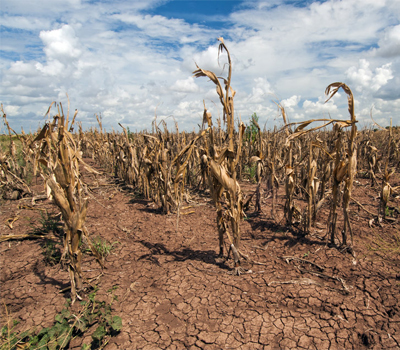
Thrust 1: Hydrology, Hydrogeology, and Flood Control
- Hydrology — climate and hydrologic cycle; precipitation, runoff, and baseflow; land usage and hydrology; surface water and geomorphology
- Hydrogeology — aquifer characterization; groundwater storage; effects of climate change on water availability, ecosystems, people, health, agriculture, and economy
- Flood Control — flood warning systems and mitigation
- Water Supply and Agriculture
- Rainwater Harvesting
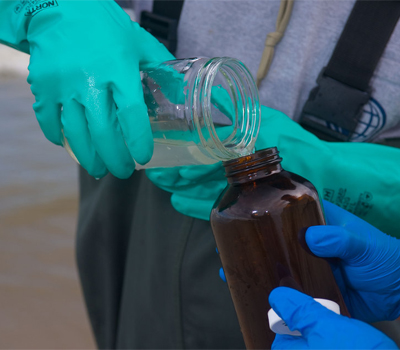
Thrust 2: Water Chemistry, Contaminants, Nutrients, and Public Health
- Water Chemistry — water quality (surface water, groundwater, stormwater) analysis and assessment; laboratory and field capabilities for analyzing water chemistry; chemical modeling; isotopic investigation
- Contaminants and Nutrients — regulated and emerging contaminants; natural and anthropogenic contaminants; nutrients (N and P) in water bodies; pathogens and viruses; mobilization processes of contaminants and nutrients; spatial and temporal distribution of contaminants; organic matter characterization
- Public Health — contaminants of health concerns; risk assessment
- Ocean Chemistry — biogeochemical cycling in oceans; terrestrial influx

Thrust 3: Advanced Water Treatment and Reuse
- Advanced Water Treatment — reverse osmosis; brackish groundwater desalination; brine minimization; advanced oxidation
- Reuse — direct and indirect potable reuse; brackish groundwater desalination
- Artificial Aquifer Recharge
- Bench-Scale and Pilot Scale Capabilities
- Clean Water Technology

Thrust 4: Monitoring and Modeling of Water Resources and Climate
- Water Budget — mapping and modeling of water availability and usage
- Water Quality Modeling — flow and reactive transport modeling
- Water Systems Modeling — geospatial, remote sensing, hydrogeological, and chemical modeling of water systems under changing climatic scenarios
- Arctic Ice, Permafrost, and Environmental Sustainability
- Projected Water Resources
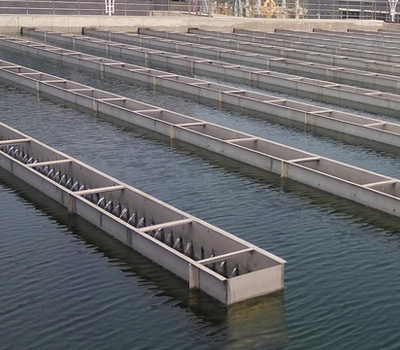
Thrust 5: Sustainable Water Use, Reuse, and Policy Research
- Water Usage — current and projected water usages
- Water Reuse — direct and indirect potable water reuse options
- Water Policy Analysis and Research — effective communication, education, and advocacy; improved financial and economic approaches; legal and institutional arrangements; technology; infrastructure
- Hydro-Economics
- Demography and Water Utility of Texas and Across
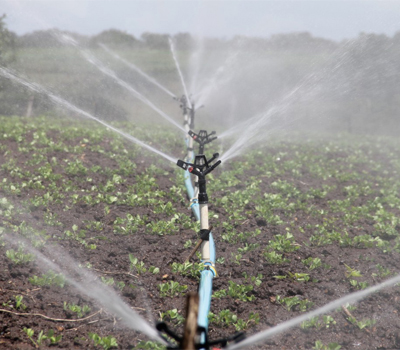
Thrust 6: Aquifer Sustainability, Groundwater Resources, and Ecology
- Sustainable Usage of Aquifer — current and projected water usages; groundwater resources; fresh, brackish, and saline groundwater; confined and unconfined groundwater; Karst geomorphology, hydrology, and environment; irrigation practices in Texas and water availability; changes in land use pattern
- Aquifer Ecology — microbial ecology of producing aquifers that impact the water quality; biotic fluxes and species interactions in groundwater; aquatic endangered species, wetland habitation, and restoration; functions of groundwater ecosystems; ecological basis for groundwater management
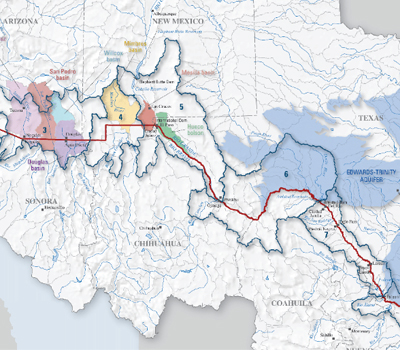
Thrust 7: Cross Border Water Solutions
- Transboundary Aquifers Study — groundwater availability and sustainable usage; flow and reactive transport modeling to ensure safe water across the border; policy analysis and research related to cross border water systems; utility of social science in applied hydrologic research in U.S.-Mexico transboundary aquifers; cooperative framework for the transboundary aquifer assessment
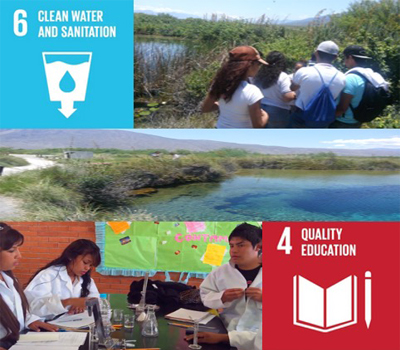
Thrust 8: Water and STEM Education
- Broadening and Diversifying Participation in STEM to all Learners — using STEM to solve grand challenges related to water quality and quantity.
- Deepening Learners' Knowledge in STEM as a Lens to Promote Water Quality Literacy
- Understand water as a fundamental condition for all life forms
- Understand and address local and global challenges for equitable access to clean water
- Understand and address availability and sustainability of clean water to all human beings
- Engaging International Communities of Practice — through water science, systems thinking, and model-based reasoning to foster disciplinary integration in STEM as a lens to improve quality of life and protect the environment.

